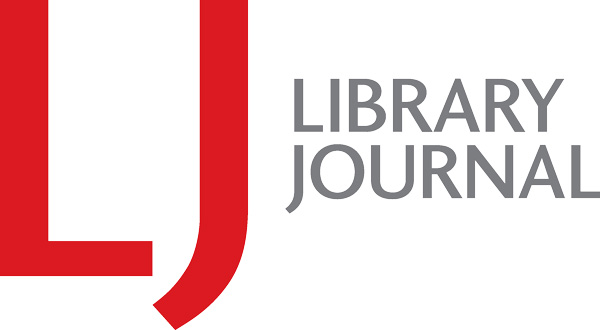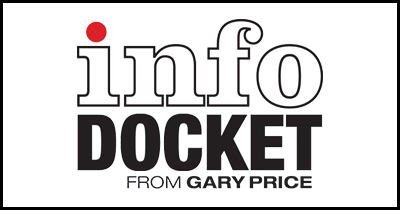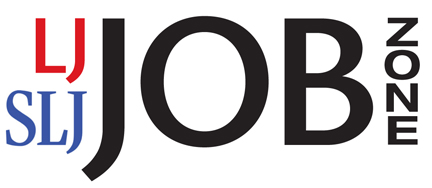Internet Access in the Library: U. of Maryland’s iPAC & ALA Release Results of “Broadband Quality in Public Libraries” Survey
Here’s a new report from the University of Maryland’s Information Policy and Access Center (iPAC) and the American Library Association.
From a News Release:
Broadband speeds in U.S. public libraries have improved significantly in recent years yet continues to lag behind national broadband connectivity standards, according to “Broadband Quality in Public Libraries,” a new supplementary summary report released jointly today by the American Library Association (ALA) and the Information Policy & Access Center (iPAC) at the University of Maryland College Park as part of the Digital Inclusion Survey.
A more detailed report, Broadband Quality in Public Libraries: Speed Test Findings and Results, is available from iPAC. The study examined the quality of broadband access in more than 2,200 public libraries by collecting data on upload and download speeds in 49 states.
[Clip]
Libraries reported progress in their public Internet speeds—nearly half of all libraries report subscribed Internet download speeds as being greater than 10 Mbps in 2013, compared with only 18 percent of libraries four years earlier. New speed test data collected from July-August 2014 found median download speeds of 30 Mbps for wired and 13 Mbps for Wi-Fi connections in city libraries to rural libraries clocking download speeds of 9 Mbps and 6 Mbps, respectively.
Despite the growth in increased broadband capacity, two-thirds of all libraries indicate that they would like to improve their broadband speeds. According to the 2013 Digital Inclusion Survey, just 2 percent of all libraries meet national benchmarks established by the Federal Communications Commission (FCC) that recommend a minimum of 100 Mbps for serving smaller communities and 1 Gbps for libraries serving populations greater than 50,000 people.
[Clip]
Additional findings in the speed test report:
- City and suburban public libraries provide greater quality of service at the device level compared with town and rural libraries, and there is wide variation across libraries;
- Captured speed delivered to individual users’ devices is significantly less than the subscribed network speed;
- In most cases, quality of service degrades at peak use times, sometimes dramatically – for example, direct connection download speeds in city libraries are 69% lower during heavy usage vs light usage periods ;
- City/ suburban libraries report higher median speeds in their testing – for example, 3.5 Mbps download speed in city libraries compared to a median download speed of 9 Mbps in rural libraries – but also greater degradation during heavy internet usage times than town and rural libraries; and
- For those wondering “why is my upload speed so slow“, it turns out that captured (and subscribed) upload speeds lag download speeds considerably, impacting libraries’ ability to support emerging services like digital media labs and other user content creation and dissemination.
Read the Complete Summary/News Release (Includes Comments from ALA’s Larra Clark and iPAC’s John Carlo Bertot.
Full Text Reports
Filed under: Associations and Organizations, Data Files, Libraries, News, Public Libraries, Reports
About Gary Price
Gary Price (gprice@gmail.com) is a librarian, writer, consultant, and frequent conference speaker based in the Washington D.C. metro area. He earned his MLIS degree from Wayne State University in Detroit. Price has won several awards including the SLA Innovations in Technology Award and Alumnus of the Year from the Wayne St. University Library and Information Science Program. From 2006-2009 he was Director of Online Information Services at Ask.com.


